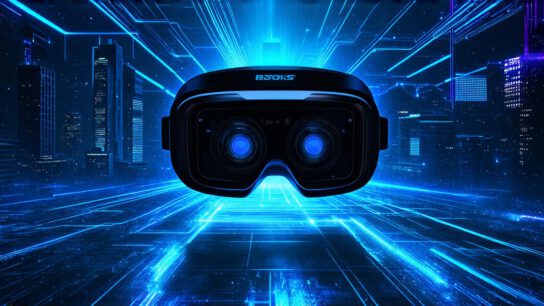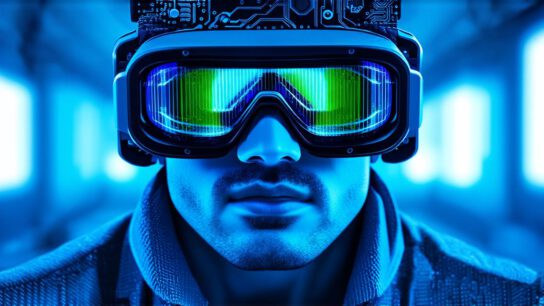<!DOCTYPE html>
What is Vertigo?
Vertigo is a common condition that affects millions of people worldwide. It can be caused by various factors, including inner ear disorders, migraines, certain medications, and motion sickness. In some cases, vertigo can also be triggered by exposure to disorienting stimuli such as VR.
Effects of Virtual Reality on Vertigo
Studies have shown that VR can cause vertigo in some individuals. This is due to the fact that VR simulations often require users to move their heads rapidly or look around quickly, which can create conflicting sensory input from the eyes and ears. When the visual input from VR conflicts with the vestibular input from the inner ear, it can result in vertigo symptoms.
Moreover, some VR experiences may also include elements that are designed to simulate motion sickness, such as repetitive movements or flashing lights. These factors can exacerbate vertigo symptoms and make them more intense.
Case Studies and Personal Experiences
Several case studies have reported instances of vertigo caused by VR. For instance, a study conducted on college students found that 27% of participants experienced vertigo after using a VR headset for just 10 minutes. Similarly, a report from the Occupational Safety and Health Administration (OSHA) found that VR workers were at risk of developing vertigo if they spent prolonged periods in the virtual environment.
Personal experiences also suggest that VR can trigger vertigo symptoms. For example, a developer who created a VR experience for an amusement park reported experiencing vertigo himself while testing the game. He attributed this to the rapid movements and disorienting visuals that were designed to create a realistic experience for players.
Mitigating Vertigo Risks
To mitigate the risks of vertigo associated with VR, developers should take several steps. Firstly, they should provide clear instructions for users on how to move their headset and avoid sudden or disorienting movements. This can help prevent conflicting sensory input from the eyes and ears that can lead to vertigo symptoms.
Secondly, developers should ensure that their VR experiences are designed with safety in mind. For instance, they should limit the amount of movement required for users and avoid rapid changes in direction or speed. They should also consider incorporating elements into their games that can help prevent motion sickness, such as steady visuals and comfortable seating arrangements.
Thirdly, developers should conduct regular safety assessments to identify any potential risks associated with their VR experiences. This can involve testing the game on a variety of users to ensure that it is safe for all individuals.
Expert Opinions
Dr. Sarah Sutherland, an expert in VR and motion sickness at the University of Colorado Boulder, advises developers to prioritize safety when creating VR experiences. She recommends providing clear instructions and limiting movement, incorporating features that help mitigate motion sickness, and conducting regular safety assessments.
FAQs
1. What are the risks associated with virtual reality on vertigo?
Vertigo is a common risk associated with VR, particularly in individuals who have inner ear disorders or motion sickness. It can be caused by conflicting sensory input from the eyes and ears due to rapid movements or disorienting visuals.
2. How can developers mitigate the risks of vertigo?
Developers can mitigate the risks of vertigo by providing clear instructions for users, limiting movement, incorporating features that help prevent motion sickness, and conducting regular safety assessments.
3. What are some personal experiences with vertigo caused by VR?
Several case studies and personal experiences suggest that VR can trigger vertigo symptoms in some individuals due to conflicting sensory input from the eyes and ears or disorienting visuals.
4. How can developers ensure their VR experiences are safe for all users?
Developers can ensure their VR experiences are safe by limiting movement, providing clear instructions, incorporating features that help prevent motion sickness, and conducting regular safety assessments.
Conclusion
Virtual reality is a rapidly growing technology with numerous applications across various industries. However, it also carries the risk of experiencing vertigo, which can be caused by conflicting sensory input from the eyes and ears or disorienting visuals. To mitigate these risks, developers should prioritize safety when creating VR experiences, providing clear instructions, limiting movement, incorporating features that help prevent motion sickness, and conducting regular safety assessments. By doing so, developers can ensure their VR experiences are safe for all users while still delivering an engaging and immersive experience.
GroupLayout: 0



